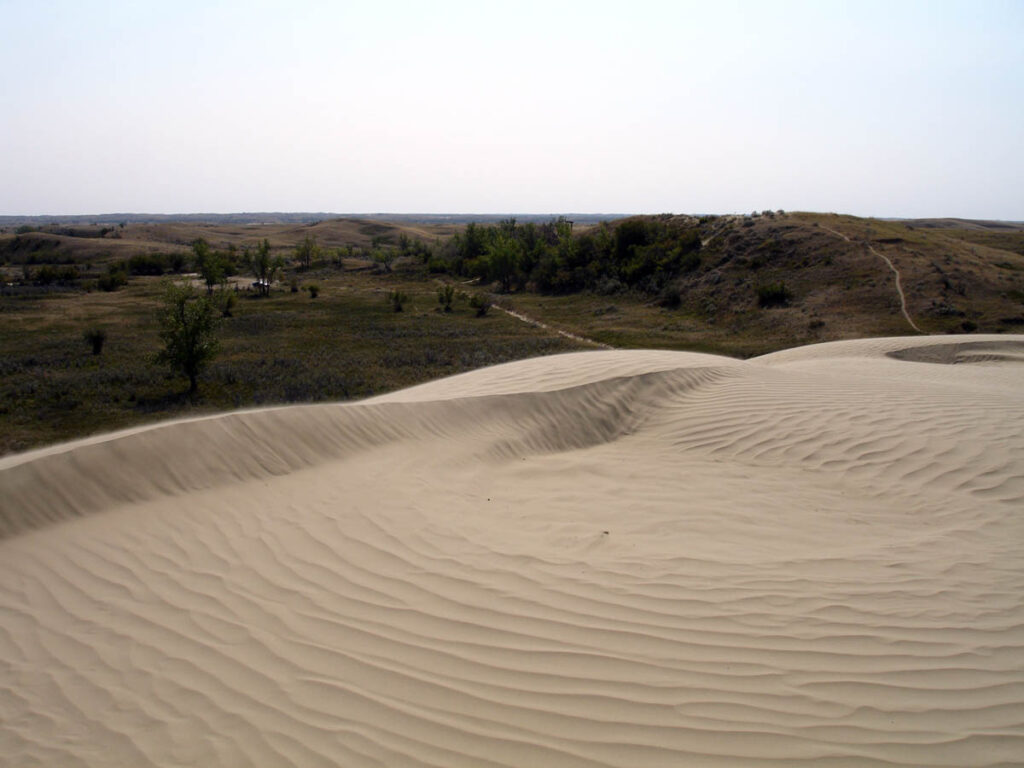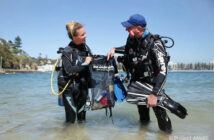The Great Sand Hills are sand dunes in the south-west region of Saskatchewan, Canada. The Great Sand Hills, which are part of the Great Sandhills Ecological Reserve, are Saskatchewan’s second largest active dunes after the Athabasca Sand Dunes (730 sq mi). The dunes’ sands are composed of very finely ground sand known as rock flour that was deposited near the end of the last ice age. The area around the sand hills is frequently windy, and as a result, the fine sands are blown around, creating an ever-changing landscape.
Swift Current, Saskatchewan’s fifth largest city, is 159 kilometres (99 miles) to the south-east, while Leader, the nearest town, is 38 kilometres (24 miles) to the north-west. The trailhead is located 10 kilometres (6.2 miles) north of the hills in Sceptre. The Great Sandhills Museum & Interpretive Centre is located in Sceptre.

The Great Sand Hills were formed over 12,000 years ago as the Wisconsin ice sheet receded at the end of the last ice age. The landscape of southern Saskatchewan was very different back then, with retreating glaciers and several proglacial lakes. The ice sheet was nearly two kilometres thick at the height of the glacial advance 18,000 years ago, and as the glaciers receded, they left behind massive piles of sandy debris, glacial till, and moraines, (accumulation of unconsolidated debris) while the melting waters carved out massive spillways.
Glacial Lake Bursary covered the Great Sand Hills and nearby Elbow Sand Hills at the headwaters of the Qu’Appelle River in Douglas Provincial Park. The South Saskatchewan Spillway flowed from the lake, and as the glaciers receded and the waters dried up, sand deltas formed, causing the South Saskatchewan Spillway to change course and carve out the South Saskatchewan River Valley.
Today, antelope, mule deer, pronghorn, fox, coyote, white-tailed deer, badger, weasel, porcupine, and the rare Ord’s kangaroo rat can be found in the hills. Sharp-tailed grouse, white pelican, merlin, peregrine falcon, golden eagle, burrowing owl, mourning dove, and sandhill crane are among the local birds. Due to the dry conditions and poor soil, the vegetation around the hills is limited, but it does include prairie grasses, sagebrush, and small clumps of trees such as aspen and willow.








